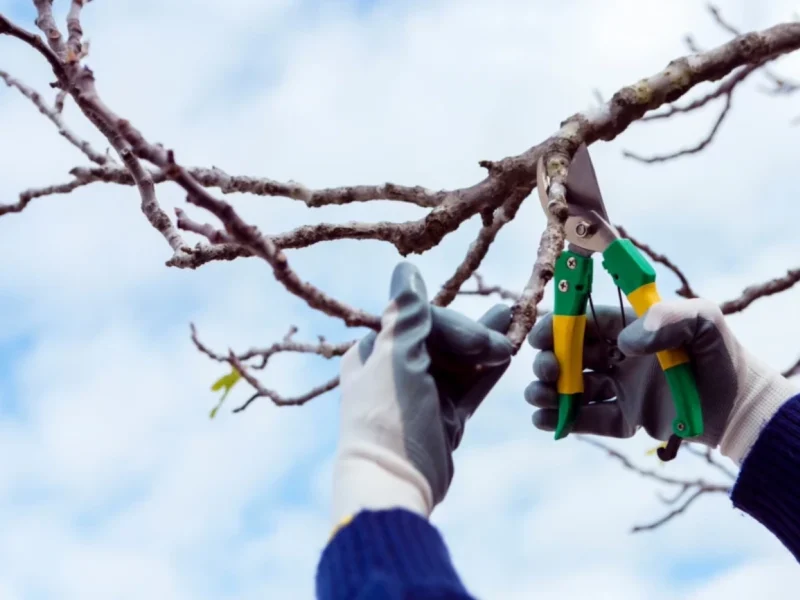Caring for trees throughout the year requires attention to seasonal changes and specific needs during different times of the year.
Neglecting proper tree care can lead to a host of problems, from disease to death, which is why understanding the best practices for each season is crucial.
Whether you’re a seasoned gardener or just starting, this guide will help ensure your trees remain healthy and vibrant year-round. For additional tips and services, you might want to check out lawn care.
Spring: Awakening from Dormancy
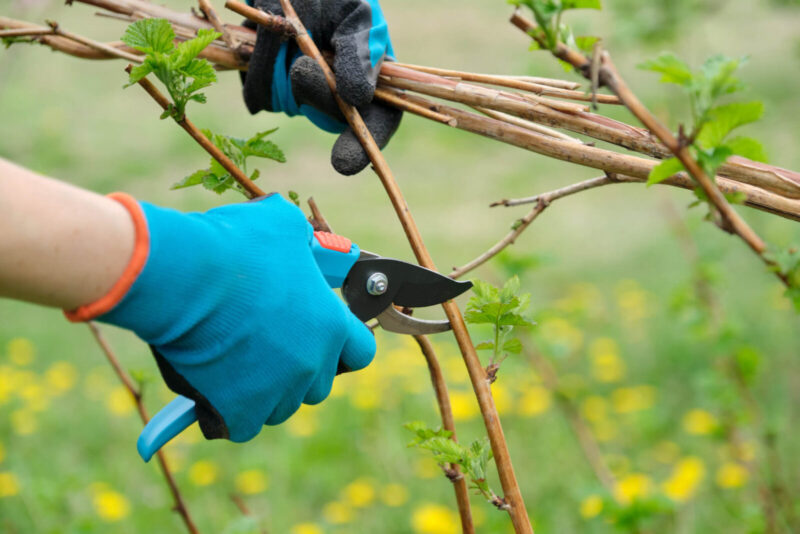
Spring is a critical time for tree care as it marks the beginning of the growing season. As the ground thaws and temperatures rise, trees come out of dormancy and start to develop new growth. Begin by inspecting your trees for any signs of winter damage. Look for broken or dead branches that need pruning. Pruning helps to shape the tree and remove any damaged or diseased limbs, promoting healthy growth.
Summer: Sustaining Growth and Health
Summer brings warm temperatures and, often, dry conditions, which can stress trees. Watering is crucial during this time. Ensure your trees receive deep, infrequent watering rather than shallow, frequent watering. This encourages roots to grow deeper into the soil, making the tree more drought-resistant. A good rule of thumb is to water in the early morning or late evening to minimize evaporation.
Fall: Preparing for Dormancy
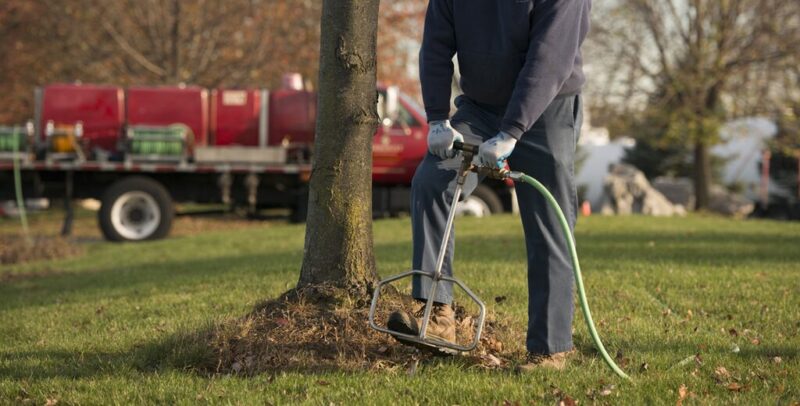
As the days shorten and temperatures drop, it’s time to prepare your trees for the upcoming winter. Fall is the best time for another round of fertilization, which helps to replenish nutrients that the tree will store and use during the dormant winter months. Continue to mulch around the base of your trees to protect the roots from extreme cold.
Winter: Protecting from the Elements
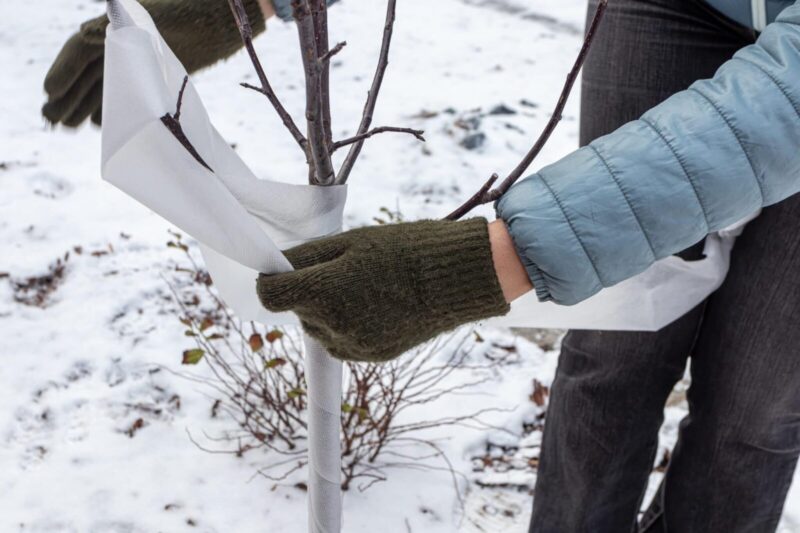
Winter can be a harsh season for trees, with freezing temperatures, snow, and ice. One of the best ways to protect your trees is by wrapping the trunks of young or thin-barked trees with a tree wrap. This helps prevent frost cracks and sunscald, which occur when the tree’s bark warms up during the day and rapidly cools at night.
Year-Round Monitoring
Regardless of the season, regular monitoring is key to maintaining tree health. Pay attention to any changes in your trees’ appearance, such as leaf color, branch health, or overall growth patterns. Early detection of problems allows for timely intervention, which can prevent minor issues from becoming major ones.
Conclusion
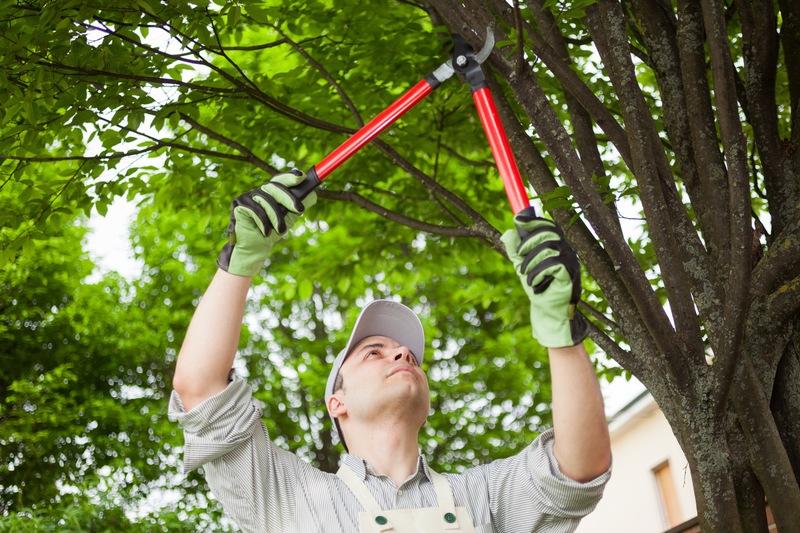
Proper tree care is a year-round commitment that pays off with beautiful, healthy trees. By understanding and addressing the unique needs of each season, you can ensure your trees not only survive but thrive. Whether it’s through regular watering in the summer, protective measures in the winter, or strategic fertilization in the fall and spring, each step contributes to the overall health of your trees. And remember, when in doubt, reaching out to professionals can provide the guidance you need to maintain a lush and vibrant landscape.
